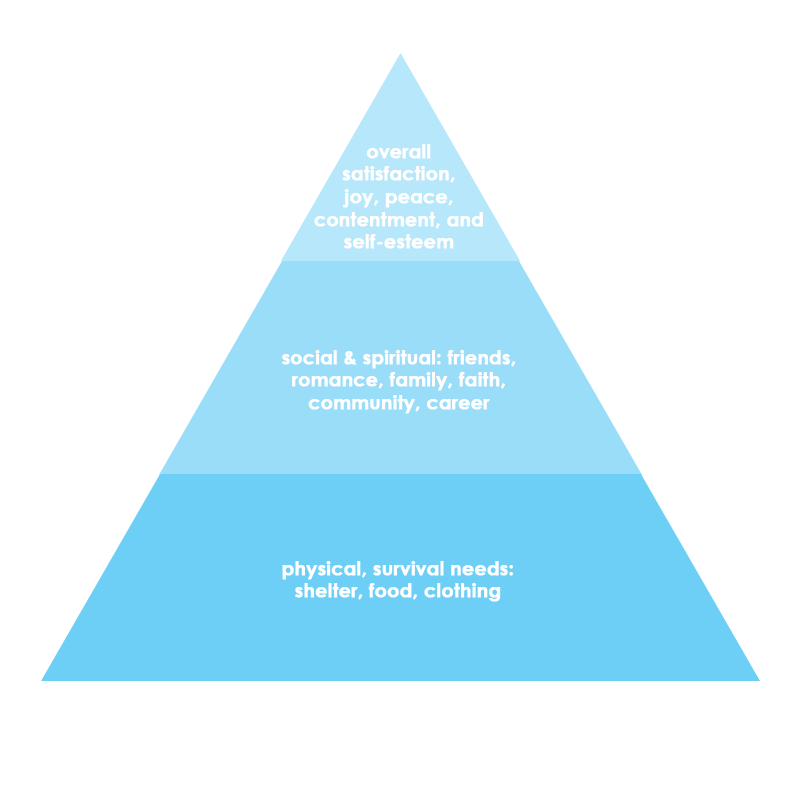A beginner’s guide & 5 (free, super quick) practices you can start today
Spoiler alert
Self-care is not about spoiling yourself with pedicures and frappuccinos.
It is about really tending to what nourishes you as a whole person – financially, physically, mentally, emotionally, practically, energetically, relationally, socially.
What you’ve been taught is wrong, and what we really need is often not taught.
Those self-care hacks you see in every single corner of your feed are tips and tricks that can more often than not leave you feeling like you don’t measure up.
“You mean you don’t drink organic, fair trade matcha?! Or make your own smoothie bowls?! Or meditate every day in front of the sunrise on the beach wearing sustainably sourced yoga pants?! Are you even human?!!”
Enough already
What you do need is what you are already 100% capable of, and it can already fit inside your life, your day, your heart, and your mind; Recognize what fills you up, what promotes and protects you, what inspires you, and what provides for you. Nourish that. Then, tune the rest out.
Let’s step back and look at your whole-self.
Think of it like a pyramid.

The ground floor of your pyramid is made up of your physical needs. Think “survival in the wild”: You need shelter, food, clothing (Not unlike in Maslow’s Hierarchy).
The middle levels are social and spiritual: friends, romance, family, faith, community, and career.
In the Whole Self-Care model, the top level is our overall satisfaction, joy, peace, contentment, and self-esteem. Each of the bricks within this structure are made up of how you think and feel about each aspect of your life.
- If you’re not getting the rest you need, your pyramid is going to topple over.
- If your middle layers are weak, the foundation is at risk and the top layer may just fall off.
Here’s how to keep your Whole Self-Care game strong so all of those components stay solid.
See, there are:
- Circumstances: Facts that are provable in court. Circumstances can trigger thoughts.
- Thoughts: Are choices. Thoughts are one sentence interpretations about the circumstances. Thoughts determine emotions.
- Emotions: Are physical vibrations in our body caused by our thoughts. Emotions drive our actions.
- Actions: Can include reactions, actions, and inaction. Actions create our results.
- Results: What we wind up with. Results always prove our thoughts.
These are the universal truths that underlie Whole Self-Care and these are tools available to you right now. When you apply Whole Self-Care to even the most mundane tasks in your day, at work or at home, heck, even what you think about when you’re driving – you’ll begin to think more clearly and then feel better.
What you’ve been taught is wrong, and what we really need is often not taught.
5 Simple Practices
Here are 5 free ways you can tap into Whole Self-Care this week that require little to no extra time and use tools you already have.

- How are you already taking good care of yourself? Think about all the areas of your life in your normal daily, weekly, monthly routines. Things like washing your face, balancing your checkbook, drinking water at lunch, actually eating something for breakfast, reading before bed (even though you fall asleep while doing it!).
These may seem like basics to you. These are things you would do (and are doing) even when no-one is watching, but if you were asked, you’d probably recommend them to others. That means you can be proud of and grateful to yourself for the ways you’re already taking care of yourself.
Recognition and gratitude have a powerful way of reinforcing what we do and the way that we can interpret other opportunities for even more self-care.
ACTION >> Begin a running note of the ways you’re already taking care of yourself and for everything you add, tell yourself, “Yes, I love taking care of myself in this way.” - Spotlight big and small successes and wins with your loved ones: Friends, SO’s kids, family.
Not only will this help you by sparking you to reflect on your wins, but also it has the extra comfort of connecting with someone you love, brightening their day, and deepening that friendship by sharing.
ACTION >>Start a text or DM thread by saying, “I ate two servings of veggies today! How are you taking care of yourself today?” “I resisted the urge to talk back to a rude client and instead put him on mute and took a deep breath. Tell me how you’re winning self-care today?” - Offer to help. Think of someone you’re not responsible for (e.g. a coworker or neighbor – not one of your kiddos) and look for ways that they need help, guidance, or encouragement. By you showing up without them having to ask, you are encouraging them.
ACTION >>One client sets reminders to reach out to her team throughout the year and ask how she can best support them, share a note of encouragement, or challenge them to find something they can do to help take care of themselves within the next hour or day. - Pause. Next time you go to the bathroom, breakroom, supply closet, wherever, and the door closes… pause. In just a moment or two, breathe.
ACTION >>Use two beats and be still and quiet, close your eyes, focus on two breaths. In through your nose and out through your mouth. That moment away from screens and conversation belongs to you. Use that moment as a designated quiet space. - Best-case working backwards. This is based on the application of appreciative inquiry. Next time you’ve got a goal or a major “to-do” list, center your planning and strategy conversations around the best possible outcomes and work backwards from there.
This creates solution-focus instead of problem-focus and helps program the participants to recognize achievements more easily.
ACTION >>Ask yourself, “If I didn’t know the history here, and I wanted the best-possible outcome, what would that look like? How would that best-possible result make a difference? Imagining others are giving me praise for this outcome and they’re beyond impressed, what are they saying?” Then, consider those.
For more on interpersonal PR strategies and how the nuances of communication and psychology can help you get ahead in living the life you long to live, check out more of Tarah Keech’s approach and her community of professional women at therealcrew.com



